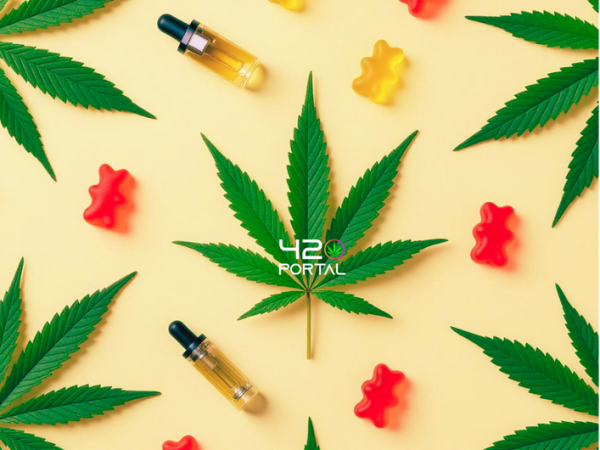Delta-8 THC Emerges as Popular Alternative in Restrictive States

09/05/2025
Delta-8 THC, a psychoactive compound closely related to delta-9 THC, has gained significant traction across the United States. This hemp-derived substance produces similar mind-altering effects but is often marketed as a legal workaround to traditional cannabis. Derived primarily from converting cannabidiol (CBD) extracted from industrial hemp, delta-8 THC exploits ambiguities in federal laws that legalized hemp with low delta-9 THC levels.
Manufacturers capitalize on this by producing and selling products like edibles, vapes, and tinctures, arguing they fall under hemp regulations. However, federal agencies have raised alarms about its safety, noting it's not approved as a food additive and lacks rigorous oversight.
Research reveals that over 19 million American adults have experimented with delta-8 THC, with usage patterns heavily influenced by state cannabis policies. In regions where all forms of marijuana are banned and delta-8 sales remain unregulated, adoption rates soar, reaching about 10.9% among adults, roughly double that in states permitting recreational marijuana.
Conversely, in areas allowing both medical and nonmedical cannabis, usage drops to around 5.5%. States with medical-only marijuana see intermediate levels at 8.5%, while those regulating or prohibiting delta-8 report even lower figures, at 3.9% and 4.5% respectively.
This disparity highlights a substitution effect: when access to regulated cannabis is restricted, consumers turn to readily available alternatives like delta-8, even if they're less studied. Public health experts warn that this shift could exacerbate risks, as delta-8 products often evade safety standards, leading to reports of adverse effects such as poisonings. The unregulated market allows for inconsistencies in potency and purity, potentially harming users who assume legality equates to safety.
Experts emphasize the need for comprehensive policies. One researcher notes that prohibiting marijuana doesn't eliminate demand; it merely redirects it toward riskier options. Clear national guidelines could prioritize public health by promoting tested cannabis products while curbing underregulated substitutes. Further studies into user motivations and long-term impacts are crucial to inform balanced regulations, ensuring consumers aren't left navigating a patchwork of state laws that inadvertently promote potentially hazardous alternatives.
Reference
Manufacturers capitalize on this by producing and selling products like edibles, vapes, and tinctures, arguing they fall under hemp regulations. However, federal agencies have raised alarms about its safety, noting it's not approved as a food additive and lacks rigorous oversight.
Research reveals that over 19 million American adults have experimented with delta-8 THC, with usage patterns heavily influenced by state cannabis policies. In regions where all forms of marijuana are banned and delta-8 sales remain unregulated, adoption rates soar, reaching about 10.9% among adults, roughly double that in states permitting recreational marijuana.
Conversely, in areas allowing both medical and nonmedical cannabis, usage drops to around 5.5%. States with medical-only marijuana see intermediate levels at 8.5%, while those regulating or prohibiting delta-8 report even lower figures, at 3.9% and 4.5% respectively.
This disparity highlights a substitution effect: when access to regulated cannabis is restricted, consumers turn to readily available alternatives like delta-8, even if they're less studied. Public health experts warn that this shift could exacerbate risks, as delta-8 products often evade safety standards, leading to reports of adverse effects such as poisonings. The unregulated market allows for inconsistencies in potency and purity, potentially harming users who assume legality equates to safety.
Experts emphasize the need for comprehensive policies. One researcher notes that prohibiting marijuana doesn't eliminate demand; it merely redirects it toward riskier options. Clear national guidelines could prioritize public health by promoting tested cannabis products while curbing underregulated substitutes. Further studies into user motivations and long-term impacts are crucial to inform balanced regulations, ensuring consumers aren't left navigating a patchwork of state laws that inadvertently promote potentially hazardous alternatives.
Reference







